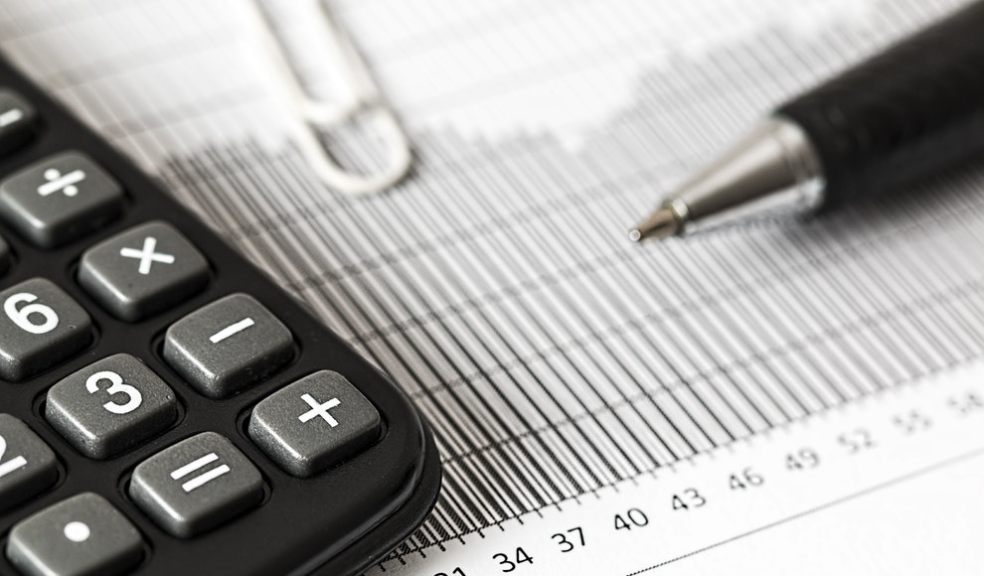
Making tax digital now applies to all VAT registered businesses
Making Tax Digital – or, if you prefer, MTD - is an enterprise of the government intended to simplify the way businesses account for their earnings, spending, and taxes via the implementation of a digital system. It’s now mandatory for all business owners who charge VAT. This translates into the fact that it’s no longer possible to submit VAT returns through the old HM Revenue and Customs portal. Businesses and organisations that don’t already use Making Tax Digital for VAT will soon receive letters informing them of the change.
All VAT-registered businesses must keep and maintain digital records and include their UK VAT number in these records, so manual records are no longer allowed. From April 2024, Making Tax Digital will be extended to anyone who submits a self-assessment tax return, whether they’re self-employed or they receive income by virtue of owning a property. To comply with Making Tax Digital, business owners must keep their records in functional, compatible software. There are several options available in terms of software solutions. It’s recommended to reach out to an accountant, as they can advise how to digitise the paper-based system.
Time for Change: Towards a More Effective Tax System
The HM Revenue and Customs want to become the most digitally advanced tax administration on the globe. It’s a wish that will soon be fulfilled. The Making Tax Digital initiative has forced many companies to accept a change in business operations. Manual, paper-based systems are replaced with digital systems. The change will bring about a number of advantages, such as eliminating the need for paperwork, improving accuracy as far as submitting tax returns is concerned and increasing the accessibility of tax liability.
The use of software that is fully compatible with Making Tax Digital experience benefits such as:
- Having confidence that the right amount of tax is reported
- Minimum time spent checking submissions
- Keeping important data safe
Embracing digitalisation means accepting the fact that the economy is changing.
HMRC’s Interim Director General for Customer Services, Karl Khan, said: “We know that criminals take advantage of the Self Assessment deadline to panic customers into sharing their personal or financial details and even paying bogus ‘tax due’.
The UK government believes that the most sustainable long-term solution is the reform of the tax framework. Making Tax Digital offers the necessary motivation to undergo digital transformation. It’s an opportunity to make the transition to cloud technology, which keeps costs low and offers a flexible approach to scaling up and down as needed.
Automation Can be Used to Facilitate Making Tax Digital Compliance
Before the introduction of Making Tax Digital, not too many businesses were using software or apps. They mostly relied on spreadsheets, one of the most problematic options. They’re prone to error due to the misapplication of formulas, broken macros, or human mistakes. Identifying these mistakes and tracking them can prove to be difficult. The best thing to do in terms of compliance is to use accounting software. Embracing accounting software enables businesses to optimise operations, minimise human error, and spend more time nurturing client relationships.
When it comes to the features of the current software, business owners report not using all of them. Not only do more firms use accounting software, but also there’s an increase in the frequency with which they update their VAT records. The data for VAT updates are drawn from the company’s digital records and submitted to the HM Revenue and Customs via the software solution. Businesses are more likely to update their records as opposed to charities and non-profit organisations.
The automated data transfer takes the guesswork out of completing tax returns. Data is moved between two systems. More exactly, source data is taken from the accounting system and uploaded to the Making Tax Digital software. It’s possible to check for errors and anomalies at the source, therefore, eliminating the prospect of penalties. Many of the accounting software solutions on the market have been developed with compliance in mind. In other words, they have a commercial future and incorporate a full range of functionality.
Regardless of their turnover, all VAT-registered businesses must submit their forms via compatible software. The options are plentiful and affordable to use. When choosing accounting software for business, it’s necessary to get a good understanding of the organisation’s needs. In what follows, there are some examples of questions business owners should be asking:
- How many users can the accounting software handle?
- What tasks do I want it to perform?
- What add-on services and third-party integrations might come in handy?
- Does my budget allow for it?
Business owners who have concerns regarding compatibility will be happy to know that software providers have dedicated FAQ sections on their web pages.
Steps to Registering for Making Tax Digital for VAT
VAT registrations aren’t granted an exception based on extra effort, time, or cost. Firms that haven’t already signed up and are VAT registered have their work cut out for them. To sign up for Making Tax Digital, it’s necessary to follow these steps:
- Select software that is compatible with MTD
- Switch to electronic record-keeping at the beginning of the VAT period
- Register and submit your quarterly or monthly return via MTD
The accountant can sign up on your behalf, yet it doesn’t mean you’re free to ignore Making Tax Digital for VAT’s requirements. Attention needs to be paid to the fact that those who refuse to join Making Tax Digital are liable for a penalty. The fine handed out can be 100 per cent of the VAT due or over-claimed.
To register for Making Tax Digital, it’s necessary to gather bits and pieces of information such as the professional email address, the Government Gateway user ID, the VAT identification number, the latest VAT return, and the company registration number. VAT registration can be cancelled only if the business has ceased to trade or the turnover has fallen below the turnover threshold. At any rate, avoiding Making Tax Digital for VAT is out of the question.
Some individuals can apply for an exemption if they’re unable to use a computer, software, or the Internet. This could be due to age, a disability, or location. To apply for an exemption, it’s essential to reach out to the HM Revenue and Customs. While waiting for their decision, it’s necessary to continue to file VAT returns the usual way.




















